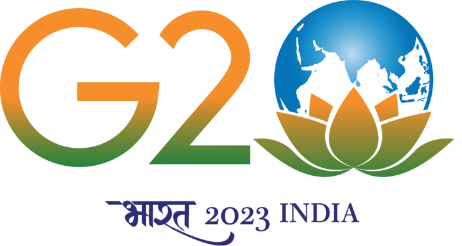Experimental and numerical investigation of passing ship effects on a moored ship
Date9th Jan 2023
Time03:00 PM
Venue Seminar Hall, Department of Ocean Engineering
PAST EVENT
Details
The increased traffic in matured ports causes congestion leading to ships passing close to each other, generating additional forces on the moored ships. Pressure variations around the passing ship majorly contribute to these additional forces and moments on the ship moored in the vicinity. Literature on the above subject is limited due to the complex nature of the issues. The passing ship forces on a moored ship in open water and shallow depth conditions are investigated experimentally and compared with numerical simulations. Physical tests are conducted on scaled tanker ship models to investigate the hydrodynamic interactions of passing and moored ships. A numerical model is developed based on double body flow using CFD software StarCCM+. The developed numerical model was validated with the existing results obtained by experiments (Remery, 1974). Parametric studies were carried out for a wider range of parameters such as the size of the passing ship, passing ship speed, separation distance between the ships, water depth and the length of the moored ship. It is observed from the results that the surge force due to the passing ship effects was proportional to the velocity of the passing ship to the power of 2.1, while the sway force and the yaw moment were proportional to the square of the velocity of the passing ship. With an increase in separation ratio (SR), the reduction of passing ship effects is more for SR > 3 than SR 3. The empirical equations to compute non-dimensional peak surge force, sway force and yaw moment on the moored ship due to a passing ship were formulated from the proportionality relationships and the empirical factors. The validity of the derived empirical equations was evaluated and compared with the experimental results obtained by Remery (1974) and found to match reasonably well.
Speakers
Ms. SREEDEVI RADHAKRISHNAN, Roll No.OE17D026
Ocean Engineering Department

